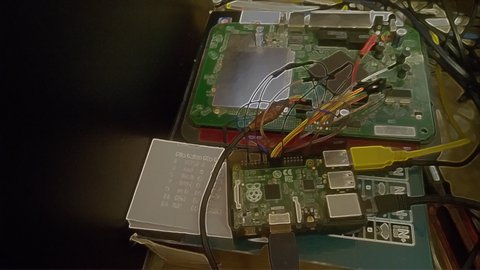Arm-Devel
Fast builds of armel software on Linux x64
The fastest and most practical way to build software for armel is to cross-compile on an x86_64 machine even for a Linux 2.6-series kernel
December 9, 2019 by Daniel F Dickinson6 minutes

ARM Libvirt/KVM virtualization
For old school ARM (32-bit) or shiny new UEFI ARM (32-bit) virtual machines in Libvirt/KVM and automated or manual creation, you can have what you want.
November 9, 2020 by Daniel F Dickinson0 minutes
Four ARMs for Libvirt/KVM Virtualization
For old school ARM (32-bit) or shiny new UEFI ARM (32-bit) virtual machines in Libvirt/KVM and automated or manual creation, you can have what you want.
November 9, 2020 by Daniel F Dickinson4 minutes
Old school manual ARM for Libvirt/KVM
Create a non-EFI (old school) ARM hardfloat virtual machine for Libvirt/KVM using a traditional interactive Debian install.
November 9, 2020 by Daniel F Dickinson4 minutes
UEFI manual ARM for Libvirt/KVM
Create an UEFI (newish) ARM hardfloat (32-bit) virtual machine for Libvirt/KVM using a traditional interactive Debian install.
November 10, 2020 by Daniel F Dickinson3 minutes
Old school automated ARM for Libvirt/KVM
Create a non-EFI (old school) ARM hardfloat virtual machine for Libvirt/KVM using Packer to automate a repeatable process.
November 13, 2020 by Daniel F Dickinson28 minutes
UEFI automated ARM for Libvirt/KVM
Create an UEFI (newish) ARM hardfloat (32-bit) virtual machine for Libvirt/KVM using automated image build using Packer
November 16, 2020 by Daniel F Dickinson28 minutes